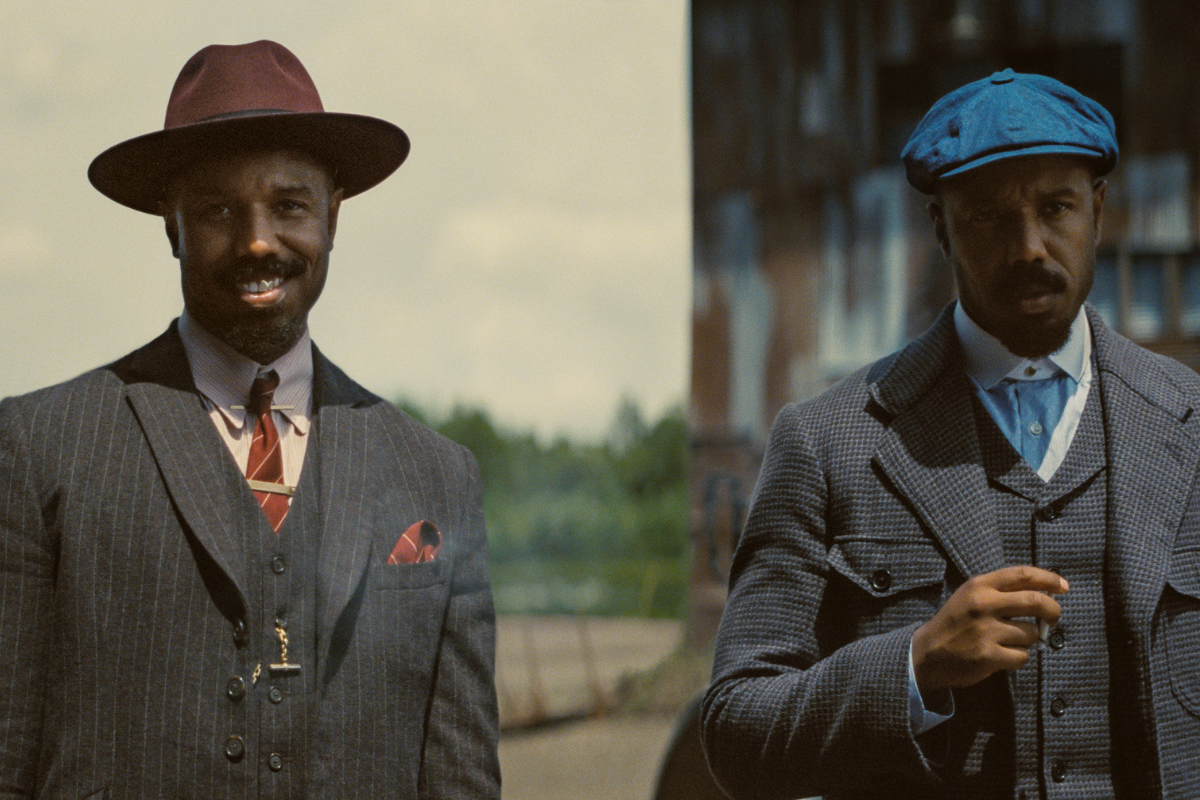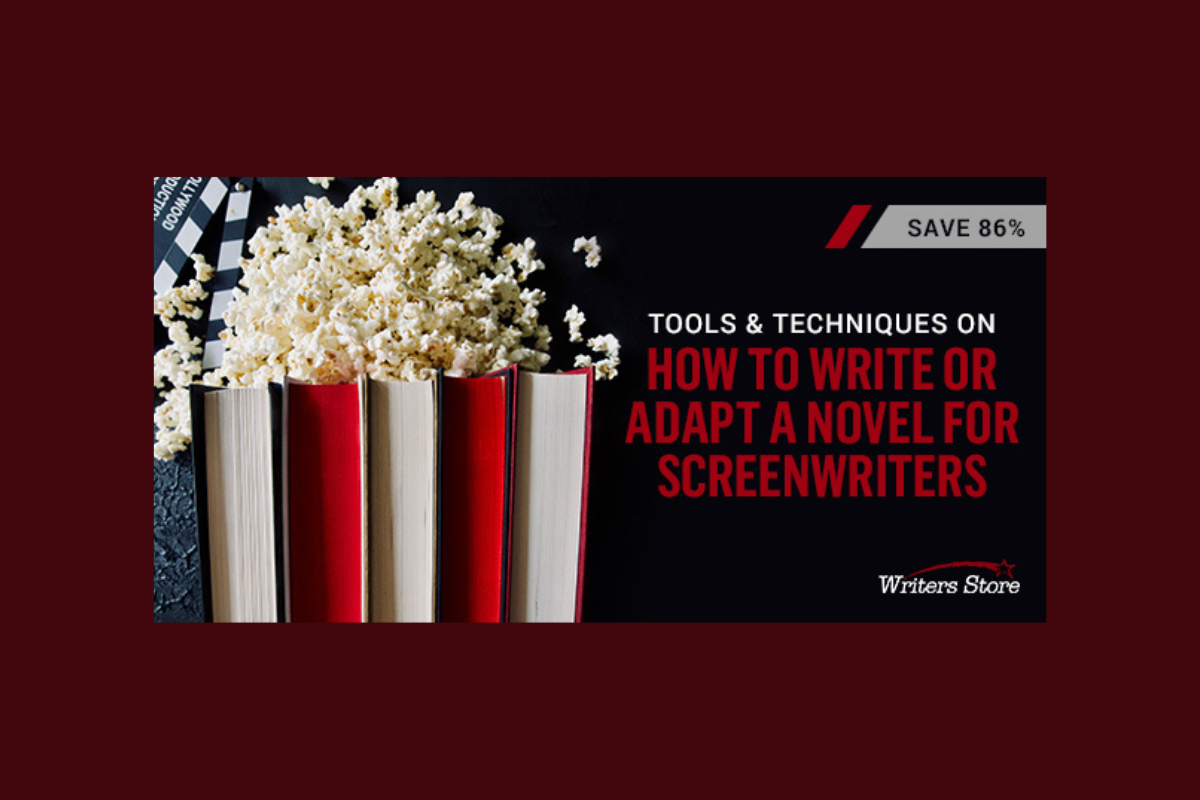BREAKING & ENTERING: Achieving Strong Writing – Slow Your Roll
Strong writing takes time because it demands deep thinking. Barri Evins offers pointers and examples on when to put enthusiasm on hold and slow your roll.
I’m hoping to get this column written quickly. I have a deadline. I have other things I should be doing. And things I’d like to be doing. Realistically, I know it’s going to take more time than I’d like to get to the point where this feels like strong writing.
I was working with a client and the words, “Slow your roll,” came out of my mouth. Not a phrase I’ve uttered before, but I was trying to find a way to help this writer. That was my moment of inspiration. Instantly, I knew this had the potential to be a good column. One that met my goals of being informative and entertaining, with a mix of advice and real-world examples. Worth dropping into my Articles Idea File, which I did immediately. But, because I’m still formulating what I want to say, solidifying the concept and shaping the column, it will definitely take some time. I need to explore possibilities to find my focus. Then begin building a foundation, outline, do a bit of research, revise my outline, write too much, then tighten and hone. Realistically, I know that only then, will I approach strong writing.
As they say, “If I had more time, I would have written less.” A quote attributed to everyone from Mark Twain to Henry David Thoreau to Benjamin Franklin, but actually dates back to French mathematician and philosopher, Blaise Pascal, in the mid-1600s.
Yes, writers have been struggling for centuries with the constraints of time versus the desire to create strong writing that is succinct and incisive.
And that’s exactly how it felt to my client.
He wrote, “I'm battling the logline, the hardest less than 50 words anyone ever wrote.”
Yet, he was hell bent on going fast. As are many of my clients. After an initial set of free logline feedback notes, the writer purchased a three-part logline consultation.
Then he sent me 22 – count ‘em – 22 versions. Wow. And whoa!
Another client sent me a draft of her screenplay for the first in a package of three script consultations and rewrites, and then sent me three versions within four days – two on the same day!
As someone who has worked with writers for decades as an executive, as a producer and as a consultant, these clients were waving red flags.
Too much + too fast = too little thinking.
This formula does not yield strong writing.
If you charge forward without truly understanding where you are headed, you’re unlikely to end up at your desired destination.
The stakes are just too high to rush. Strong writing demands deep thinking.
Auguste Rodin, the French artist who sculpted The Thinker, said, “What makes my Thinker think is that he thinks not only with his brain, with his knitted brow, his distended nostrils, and compressed lips, but with every muscle of his arms, back, and legs, with his clenched fist and gripping toes.”
According to the Philadelphia Museum of Art, “By choosing to depict The Thinker as a strong, athletic figure, Rodin conveyed that the act of thinking is a powerful exercise… This bronze sculpture represents the creative mind at work. Although the figure is seated, he is not at rest.”
Inspiration and enthusiasm are awesome. But when it comes to strong writing, it’s a marathon, not a sprint. Do you want to be the Energizer Bunny© or The Thinker?
Take the time to stop and think, to question and ponder, to debate and decide.
That’s what it takes to understand what your story is about – not the plot but, what it’s about at its heart – the theme. Here is where you lay the foundation for compelling stories. This is the key to creating strong writing.
Slow your roll folks!
Good Fast Cheap
The saying, “Good, fast, cheap, pick any two,” when hiring someone to perform a service – from graphic design to painting your house – applies to strong writing as well.
Fast can be good, but not when “good” is sacrificed in the process.
Seasoned writers appear to go through the process fast. I think this is why their advice sometimes stymies less experienced writers. Having worked with skilled professional writers, I know that an enormous amount of deep thinking goes into their process – often before anything is written – shaping the idea, honing the premise, crafting the world it is set in and populating it with the characters who make the most of the concept. Experienced writers get to a point in their careers where they are capable of accomplishing a significant percentage of this hard work in their heads. Because they’ve done it time and time again. They’ve built a lot of muscles for crafting solid stories. These muscles provide the strength necessary to create strong writing.
With fewer scripts under their belts, aspiring writers may not have built as much muscle. They need to put in more time to do the heavy lifting. They might rely on tools such as outlining using formats from one of the many Structure Gurus or even my story template that attempts to combine the essentials of all those wise ones.
I recently read David Diamond and David Weissman’s excellent new book on screenwriting, Bulletproof: Writing Scripts That Don’t Get Shot Down. You can find my book review here. I interviewed them about how they developed their craft over the course of a decades-long career. Their goal with the book was to help new writers progress by sharing what they learned over time, through both failure and success. Said Weissman, “It took us almost 25 years to master all the elements we cover in the book. Maybe if an aspiring writer can learn these lessons early in their career, that would be helpful.” But it was only as we dug into their unique techniques in Part 2 of the interview, that I realized the enormous amount time they devoted to a project before they began writing.
If you are working with a professional consultant, take the material as far as you can on your own before you send it. This helps you get the most out of the experience and the expertise you are paying for.
If you are sending your material into the marketplace, put in the time to ensure the query is polished, professional and effective. A killer query letter has one purpose: To make someone to want to read your material. Your logline should be solid: Prove you have an idea that can truly be a movie, a concept that intrigues, complex characters, clear and escalating conflict that underscores the stakes, and hints at more – the meaning – all while conveying and supporting the tone. The logline merits the moniker, “The toughest sentence you’ll ever write.”
Compared to the time and energy you’ve poured into your script, don’t feel bad if it takes a month to write a logline and a great query. It deserves the effort and the elbow grease required to make it outstanding – strong writing from start to finish.
Take Two
I work with consulting clients the same way I work with professional writers.
Whether I’m working on a logline, a query, an outline or a script, I read the material straight through. I write down my initial thoughts. Both strengths and weaknesses that stand out to me. Since first impressions are all you will ever get when your material is out in the real world, this pass brings some valuable insight.
Then I stop working. Whether I run an errand, wash dishes, or take a shower – my best place for ideas to flow, I am intentionally putting my active mind on hold.
There are two benefits to this process. First, when you take a step back from the material, hopefully you achieve a bit of distance rather than the tunnel vision that’s inevitable when you are focusing with all your might.
Second, when turn off your active mind, that other, less censored part takes over and works on the problem. Brains are hard-wired for problem solving. It’s a survival mechanism, pure and simple. The resting brain is a powerful tool for creativity. Activating it is one of the neuroscience brain tricks that can make you a happier writer.
Often this intentional pause is where my big picture thoughts gel or a key point falls into place. Driving through the familiar hills of Los Angeles – active brain turned off –ideas pop into my mind. Whether it’s a solution to a story problem or a concept for the book I’m writing. The instant I’m able to stop the car, I email a note to myself so I don’t forget – a prospect that terrifies me.
Then I come back and reread the material. Now I can make extensive, in-depth and constructive notes with the goal of helping my client advance their work to the next level. I’m very upfront about my process with the writers I work with. It might take a bit more time, but I think it’s well worth it.
After the consultation, many writers are eager to get to work and get something back to me. I’m gratified they’re feeling inspired. But I do everything I can to encourage them to slow down. I urge them to take a page from my book. To work, step back, mull, and then return to the material and take another pass before sending it to me. Hopefully, the extra step brings an added opportunity to raise their work to the next level in our efforts to ensure it is strong writing.
Strong Writing Takes Time
Whether it is crafting a perfect sentence, one that is just right, not too much not too little, that encapsulates an entire story and conveys the flavor of your script or you’re striving to elevate a script beyond “good enough” – it takes time for the deep thinking essential to creating strong writing.
Think, not only with your brain, but with every muscle in your body, right down to your toes.
It’s f*cking awesome to be in the flow. Totally absorbed, keys clacking, ideas pouring forth. It feels infinitely better than staring at a blank page, trying to grind out a single, decent sentence.
Believe me when I say, “I know.”
I’ve spent days on this article, most of the time struggling. Stopping to print, read and make handwritten notes, then rewrite and repeat. I finished, sent it off to my amazing proofreader, fixed my typos, and then I got inspired and reworked it again. My roll truly couldn’t have been much slower, but in the end, hopefully worth it.
At the same time, I helped my client find his way through dozens of variations of the hardest sentence he ever wrote to one solid logline. Wishing him much success moving his project forward in the marketplace!
Meanwhile, my other client has sent me a total of six revised drafts during the time I devoted to developing, writing, rewriting and honing this column. Let’s hope this article convinces her to slow her roll!
Pause. Stop. Think. Rework. Repeat.
Get more tips from Barri Evins with her on-demand webinar Loglines, Queries & Synopses: How to Take Your Script from Being Ignored to Getting Noticed!
Barri Evins draws on decades of industry experience to give writers practical advice on elevating their craft and advancing their career. Her next SCREENWRITING ELEVATED online seminar with 7 monthly sessions plus mentorship will be announced in 2025. Breaking & Entering is peppered with real life anecdotes – good, bad, and hilarious – as stories are the greatest teacher. A working film producer and longtime industry executive, culminating in President of Production for Debra Hill, Barri developed, packaged, and sold projects to Warners, Universal, Disney, Nickelodeon, New Line, and HBO. Known for her keen eye for up and coming talent and spotting engaging ideas that became successful stories, Barri also worked extensively with A-List writers and directors. As a writer, she co-wrote a treatment sold in a preemptive six-figure deal to Warners, and a Fox Family project. As a teacher and consultant, Barri enables writers to achieve their vision for their stories and succeed in getting industry attention through innovative seminars, interactive consultations, and empowering mentorship. Follow her on Facebook or join her newsletter. Explore her Big Ideas website, to find out about consultations and seminars. And check out her blog, which includes the wit and wisdom of her pal, Dr. Paige Turner. See Barri in action on YouTube. Instagram: @bigbigideas X: @bigbigideas







